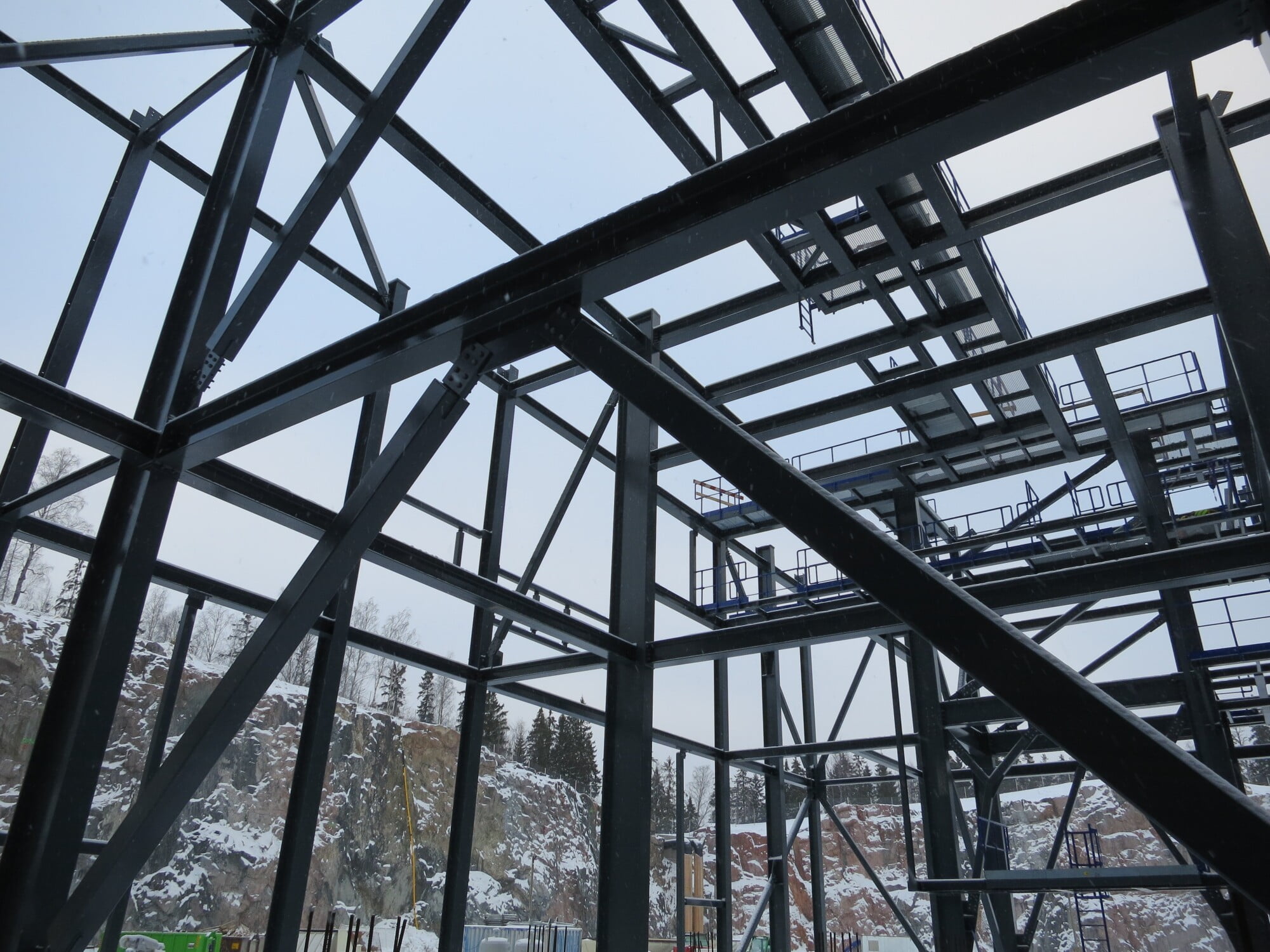The trade of carpenters and construction is expected to grow by 4 percent from 2021 to 2031, and since 2010 that figure is up by over 145%. Carpenters may not be as glamorous as architects or engineers, but their contribution to society is just as important.
Their work determines how buildings will react to changing conditions such as wind, rain, and snow, so contractors need to hire carpenters at every opportunity going. Metal stud framing is just one of the many new tools and services that carpenters can use to improve the process.
What is metal stud framing, and why has it become so popular? How can you offer metal stud framing to your customers?
Read our guide to discovering everything you need to know.
1. What Is Metal Stud Framing?
Metal stud framing involves the use of metal studs and other accessories to create a structural frame or skeleton.
Metal studs are usually constructed from cold-rolled steel and are usually 22 to 25 gauge. These studs come in different sizes, depending on the application and the amount of weight the studs will bear. Metal studs are light-gauge structures made from cold-formed steel. The studs are secured together with nails or screws that fit into specially designed holes located at each end.
The steel studs are pre-cut to specific lengths. To reinforce the steel studs, materials such as drywall, insulation, and vapor barriers are attached to the studs with steel screws. The wall’s strength is further reinforced by furring channels. These are inserted between two studs to house electrical wiring and plumbing systems. Steel beams and columns provide the structure’s vertical and horizontal support.
2. Advantages of Metal Stud Framing
Metal stud framing has become increasingly popular for many types of construction projects. It has a number of advantages over more traditional wood framing including a range of cost, durability, and weather resistance benefits.
Here’s the list of advantages of using metal stud framing:
Cost Effective
Cost-effectiveness is perhaps the greatest motivation to use metal stud framing. Especially when building large structures like warehouses, shopping malls, and libraries.
With metal stud framing, materials costs can be reduced significantly. Compared to some kinds of wood, metal studs, along with the other components of a metal framing system, are much less expensive.
Metal studs are lightweight and easy to carry, reducing labor costs in the installation process. Metal stud framing is also faster than wood and can be done with fewer people, further reducing labor costs.
More Durable
Metal studs are made from galvanized steel, making them very resistant to exterior weather conditions and pests. Compared to wood frames, metal studs are extremely strong and wear-resistant, and are less prone to warping and cracking.
Metal stud framing is also corrosion-resistant and requires minimal maintenance. Metal studs can be used in humid or damp places without risking mold or humidity buildup, as they are not as prone to water absorption as wood studs.
Additionally, metal studs are usually fire-resistant, providing a layer of fire protection in addition to structural support.
Easy Installation
When it comes to installation, it’s quick and easy for any project. Metal studs are lightweight, making them easy to transport and handle. Metal studs are designed in a modular format and come pre-cut, making them much easier to install than wood. If a certain space needs to be filled, metal studs can be attached directly to the wall.
They also minimize the need for complex projects that regular lumber framing may require.
3. Disadvantages of Metal Stud Framing
Metal stud framing is a system of framing walls in which metal studs are used in place of wood studs. While this type of framing is more affordable and generally more efficient than conventional wood stud framing, it also comes with its own set of drawbacks.
One of the major disadvantages of metal stud framing is that it can be more difficult to work with due to the weight and the need for special tools to cut and join them together. Metal studs conduct heat and cold faster than wood, making it harder to maintain comfortable temperatures in a metal-framed room.
Since metal is not as durable as wood, metal studs are more prone to rust, which can cause deterioration and damage if the metal is not properly sealed.
Finally, because of their weight, metal studs require additional structural support when compared to conventional wood stud framing.
4. Useful Tools for Metal Stud Framing
Useful tools for metal stud framing include a cutting and crimping tool, a versatility multifunction tool, a gapping tool, an angle measure, and a magnetic stud finder.
The cutting and crimping tool is used to cut holes and slots into metal studs and crimp corners for better support. The Multifunction tool is a jack-of-all-trades for metal studs, capable of performing a range of tasks such as cutting, drilling, crimping, and more.
A gapping tool allows for precise measurement of gaps between metal studs, which helps to create a flush and level surface. An angle measure can also be used to quickly determine the angle of a corner or stud to ensure a flawless metal stud frame.
Lastly, the magnetic stud finder detects ferrous metal objects behind wall surfaces, i.e. the metal studs, making it easier to locate the materials during construction.
Be sure to ask the metal stud framing construction company for construction tips and additional recommendations on which tools you may need to use.
5. Tips for Installing Metal Studs
When installing metal studs, use caution and caution tape to ensure safety.
Make sure the studs are level and secure to the wall surface by driving nails or screws. Pre-drill any holes to prevent cracking or fracturing of the studs. Use an angle finder to make sure studs are installed at the correct angles.
If you need to cut the metal studs, be sure to use a hacksaw designed specifically for cutting metal. To help prevent condensation from forming on the studs, use a vapor barrier.
Finally, check the label to ensure the studs you select are appropriate for the wall you are applying them to. Following these tips will help guarantee a successful installation of your metal studs.
The Basics of Metal Stud Framing
Metal stud framing is an efficient, cost-effective way to build walls in residential and commercial projects. It’s important to understand the basics of metal stud framing for any construction project. Studs are available in different sizes and gauges, and drywall attachments, insulation, and wall finishes require additional components and tools.
For more information on metal stud framing, contact a professional contractor today.
Make sure to check our blog for more trending news!









